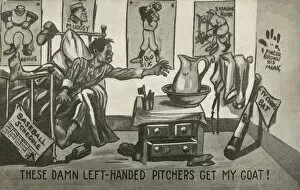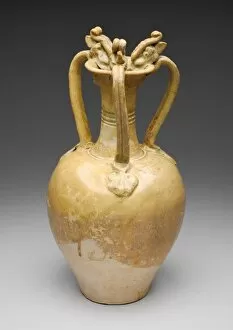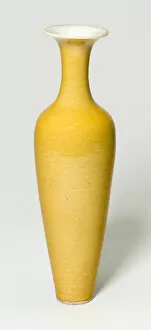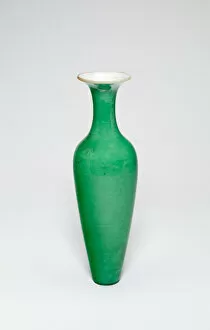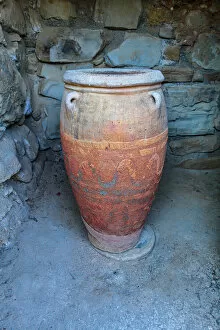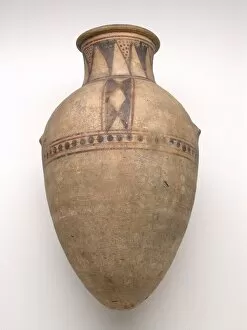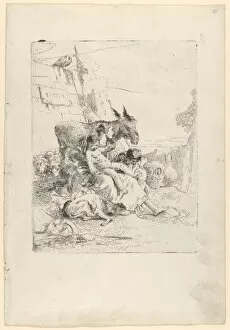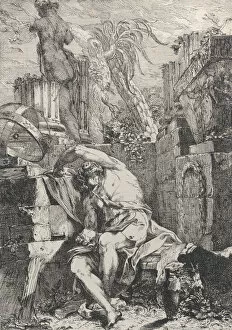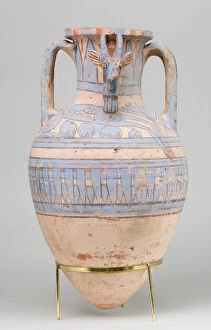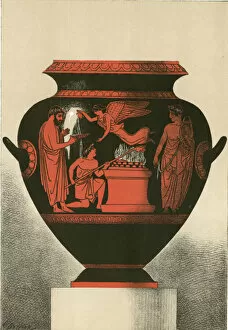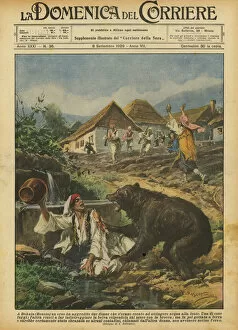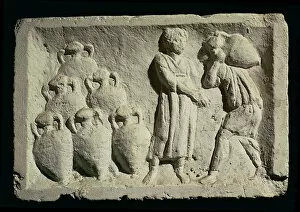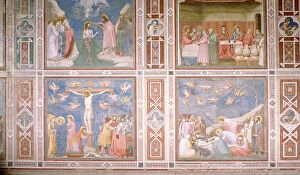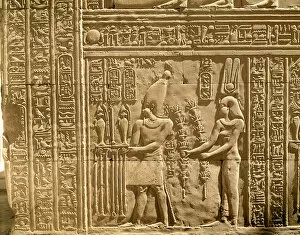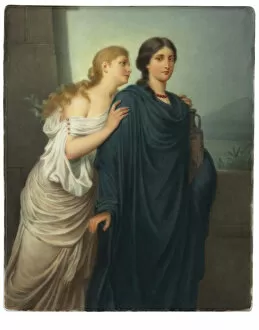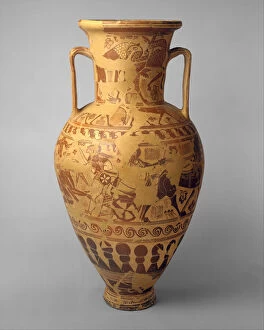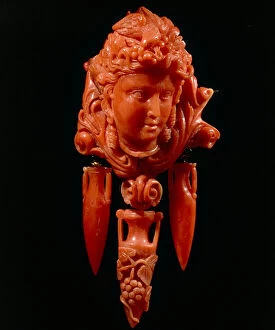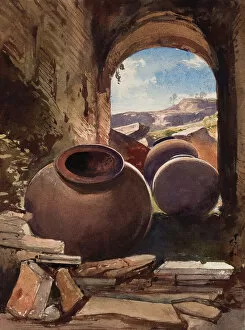Amphora Collection (page 6)
"Unveiling the Timeless Beauty: Exploring the World of Amphora" Step into a world where art and history intertwine, as we delve into the captivating realm of amphora
For sale as Licensed Images
Choose your image, Select your licence and Download the media
"Unveiling the Timeless Beauty: Exploring the World of Amphora" Step into a world where art and history intertwine, as we delve into the captivating realm of amphora. These Greek urns and amphoras lithographs from 1897 transport us back to an era filled with elegance and grandeur. Intricately crafted, these Roman memento mori mosaics serve as poignant reminders of life's fleeting nature. They offer glimpses into ancient Phoenician traders' lives in bustling ports, where these vessels played a vital role in maritime commerce. Gallo-Roman low-reliefs take us on a journey across time, depicting scenes of wine barrels being ferried. A testament to the significance of amphoras in transporting precious liquids that brought joy and celebration to countless gatherings. Heracles' legendary battle against the Nemean lion comes alive on an Attic black-figure amphora from Vulci. This masterpiece showcases not only artistic prowess but also narrates tales passed down through generations. A mesmerizing relief reveals people laboriously carrying amphorae within wine cellars, their dedication preserving this timeless tradition. Aquarius emerges from an oil-on-canvas painting depicting zodiac signs, reminding us how even celestial beings were associated with these iconic vessels. An exquisite Attic amphora portrays winged Eros serenading with his lyre while accompanied by his loyal dog at his feet—a symbol of love's enduring power throughout centuries past. Traveling further brings us face-to-face with an ancient Italian Amphora—an artifact steeped in mystery yet brimming with stories waiting to be unraveled. The antiquarian fair in Arezzo invites enthusiasts to immerse themselves in its rich heritage amidst Tuscany's enchanting landscapes. Ancient Greek pottery captures our imagination once more through delicate brushstrokes and intricate designs—each piece whispering secrets from forgotten eras under unknown creators' hands. Finally, we find ourselves in Pompeii, Italy, during the Victorian period.

